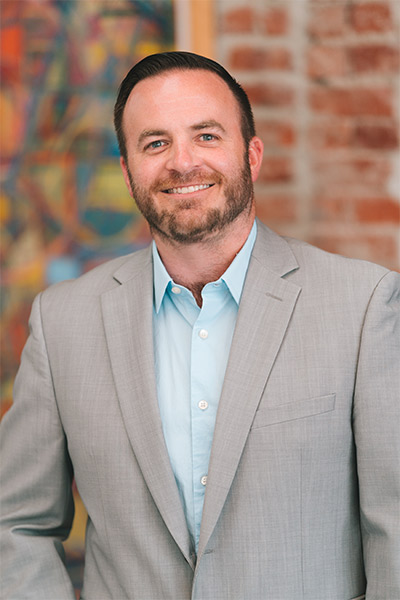The Merriam-Webster Dictionary defines authentic as:
1a. worthy of acceptance or belief as conforming to or based on fact
1b. conforming to an original so as to reproduce essential features
1c. made or done the same way as an original
- not false or imitation: real, actual
- true to one’s own personality, spirit, or character
But, how does being authentic translate to community planning?
When conducting visioning exercises with community members and stakeholders in different municipalities, we hear very similar responses. And, many of these responses often evoke feelings of nostalgia – riding your bike to get an ice cream cone, being known by name by the local store clerk, appreciating the ‘small-town’ feel of the community, walking to the park or stores…
What these responses have in common is that they relate to a physical space or suggestion thereof. They often describe places in our memories, perhaps something from our childhood, or even describe a strong connection to a space within our existing community. But, what they also share is their implied description of authenticity – something real, original, or possessing essential features.
Our research on planning trends and even our conversations during the community engagement process indicate that people long for authentic experiences in authentic places. This typically translates to local, whether that be restaurants, unique activities, farmers markets, or just an overall connection to community and neighbors. The resurgence of suburban downtowns, in particular, provides just the right local space to support these authentic opportunities.
After moving back to the region from having lived in Chicago for 12 years, I landed in Downtown Overland Park. The Downtown Overland Park of my childhood was, let’s say, a work in progress and certainly not much of a destination. However, the Downtown Overland Park of today is thriving, vibrant, and full of authentic experience (in my opinion). There is certainly new development that has transformed the area, but the Downtown still holds on to essential features and a sense of renewed originality.
Within a two-block walk from my apartment I can see a movie at the original theater (fingers crossed they are able to return from Covid closure); enjoy one of the most amazing pies you’ll ever have; buy art from local artists; be known by name at the local watering hole (for better or worse); take a cooking class; buy fresh produce each Saturday morning at the local farmers market; spend time at the park or community center; partake in outdoor yard games; or just enjoy the wonderful variety of restaurants and local shops. This is exactly the type of place I had hoped to find after moving from Chicago, and frankly was pleasantly surprised to find it in my hometown!
Interestingly enough, there was quite the debate back in 1963 about whether Downtown Overland Park was worth saving. Personally, I’m glad the planners, community members, and elected officials of the time felt the Downtown was worth it, despite pressures and ‘modern’ shopping center competition – we have a lot to be thankful for today because of it. And, Downtown Overland Park’s revitalization only continues – with a recently opened event space, future boutique hotel, and a proposal for a complete overhaul development and upgrade to the beloved farmers market.
So, how do desires for authentic experiences impact our communities? Well, they drive the reactivation of places like our Downtowns in order to support authenticity and improve the quality of life for residents, businesses, and patrons. I can unapologetically say that I’m very happy to call Downtown Overland Park my home.

